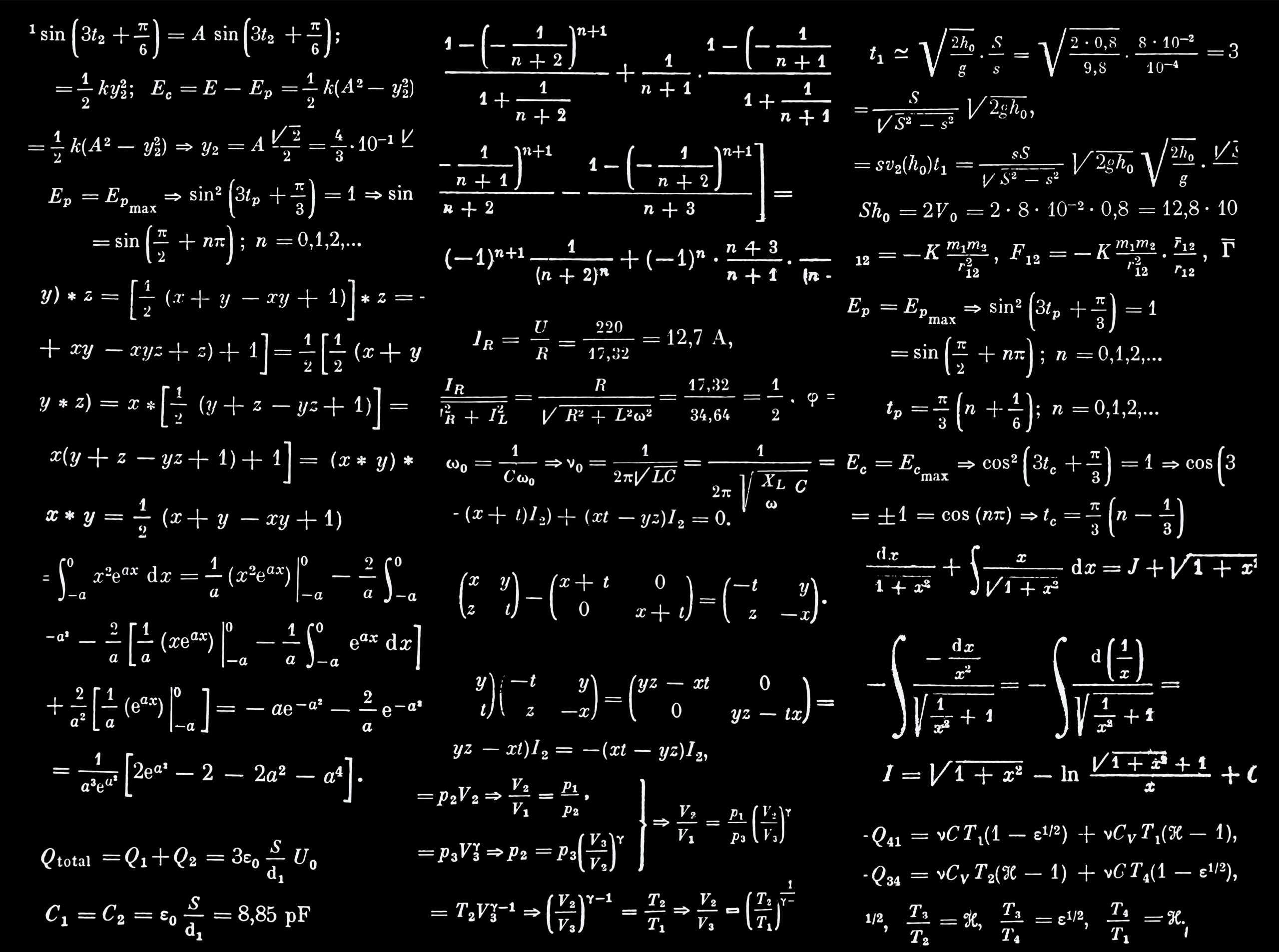By: Lindsey Douglas, English teacher at Gettys Middle School.
Literacy is often wrongly associated with only the humanities, namely English Language Arts and Social Studies. However, as contemporary studies suggest, disciplinary literacy is a necessary educational shift to meet the demands of the twenty-first century student as they participate in literacies of varied subjects (Lent & Voigt, 2019). The heart of disciplinary literacy is an accurate understanding of how content knowledge is constructed and how literacy (reading, writing, viewing, reasoning, and communicating) supports the knowledge of the respective content (Lent & Voigt, 2019).
For that reason, I teamed up with an experienced, award-winning math educator who is considered an expert in her field. We collaborated and co-taught a lesson, with each teacher valuing the other’s expertise. While the text in Math may look different than texts in my English Language Arts class, we define a text as anything a student can see, interpret, and assign meaning.
Introducing the Lesson
Our first text of the lesson was an image. The images used in the lesson were found on reasonandwonder.com. We introduced the lesson with visual literacy in which students “read” the image to interpret, evaluate, and understand the meaning. We posed two questions for the students to prompt their thinking: What do I notice and What do I wonder? The students first worked independently. Before students began reading the text, we discussed what it means to both “notice” and “wonder.” The classes acknowledged that the skill of “noticing” is what we call observing, and that of “wonder” is to inference. Like Lent suggests, “we want students to know how to interrogate texts rather than simply read them” (Lent, 2015, p.109).
Academic discourse is a critical cornerstone of a Math Disciplinary Literacy classroom. Following the image was both a small group discussion and class discussion of the students’ discoveries. However, before discussing their findings, the Math teacher reestablished group norms.
The group norms of this classroom include:
- No one is done until everyone is done
- You have the right to ask anybody in your group help
- No talking outside your group
- No naked numbers
- Remember to play your role
- Put the question in your answer
- Say your “becauses”
- Listen to others’ ideas
- Take turns
- Be Respectful
- Confusion is a part of learning
- You have the duty to give help to anybody who asks
- Disagree with ideas, not people
- Helping is not the same as giving answers
Many of the group norms reiterate the marriage between content and literacy such as “say your because” and “put the question in your answer.”
After the small groups discussed their answers, the teacher jotted down their responses on the board. The conversation with the whole class continued until a student finally responded with “The phone is charging!” From that response, the teacher shifted to the second sentence starter posed to students, “I Wonder…”, in which the students start sharing inferences based on the image. Eventually, a student says, “What time will the phone be charged?”
Solving the Problem
Once students land on this essential question, the lesson then shifts to the “second act” where students attempt to solve the problem. The Math teacher then asks the students to make a “too low, too high, and just right” guess at what time the phone will be charged if it is 5% at 9:02. Asking students to estimate a too high, too low, and just right answer is critical thinking and at the heart of student’s mathematical practice standards. (SCCCR.MP 1-7). In just one sentence, a too high, too low, and just right guess allows students to use reasoning and analysis to create a path to problem solving. After students shared some guesses, the teacher shared three more images, revealing the next three stages of charging.
The teacher then told the class: “Now we are going to represent data. Four representations of math are words, tables, graphs, and equations. Please remember to answer your questions in the form of a sentence.” She also reminded students of one of the group norms: say your becauses. For the math teacher, it is important that students represent Math in all four representations every lesson. This representation of data reiterates the importance of students developing a deeper mathematical knowledge. The students first represented math through words, so they moved onto representing it in a chart.
Before they began developing their charts, the teacher and the class worked together to define their variables for this situation (x=minutes of charging since 9:02; y=battery percentage).
| X | Y |
| 0 8 12 24 | 5 14 19 33 |
After creating the chart, the teacher asked, “using the data in your table, can you determine the type of relationship between these two variables?” The class consensus was that it is a positive relationship and appears nearly linear.
The teacher then told the class, “For now, let’s assume it is nearly linear. If this is true, could we use the data to write an equation to use for prediction when the phone will be fully charged?”
Y = 1.17x + 4.88
100 = 1.17x + 4.88
X ≈ 81.3
Therefore, they determined the phone will be charged approximately 81 minutes after 9:02, or 10:23. After they solve the equation, the teacher then revealed the answer to show the students by slowly showing the progression over time.
The slow reveal built suspense, and ultimately curiosity from the students. As Lent states, “The process of wondering, formulating questions, and thinking through concepts while respecting multiple viewpoints is as much the goal as certitude about a concept” (Lent & Voigt, 2019, p 111). If Math is the aspirin, then teachers must create the headache. Not a migraine, but a “cognitive conflict” or a “disequilibrium” (Meyer, 2015). This headache is created through the processes of wondering, questions, and thinking. And at just the right time, with just the right amount of curiosity and inquiry, the aspirin is given to the students in a sigh of relief (and frustration!).
At this point, the class has represented math in three different ways: words, charts, and equations. The last representation is a graph. After the final reveal, the teacher says to the class, “What happened? We assumed that it would continue charging at the same rate. But as we start charging batteries, it actually gets slower. It starts slowing down.”
The Importance of Disciplinary Literacy and Collaboration
While there may be hesitation for educators to pedagogically shift towards a disciplinary literacy approach to instruction, collaboration and co-teaching narrows the gap. Disciplinary Literacy is not merely reading and writing across the content, but rather placing literacy within the discipline itself. Lent explains, “…While practice is still important, the emphasis has shifted from only teaching the principles of math to helping students develop a deeper mathematical knowledge– and such instruction often includes collaboration” (p 155). I am thankful for Math teachers who take transformative action about the way in which they think about their content. I am thankful for a school where disciplinary literacy is a school-wide initiative. But most of all, I am thankful for literacy itself and its rightful place in all disciplines across all curriculums.
References:
Lent, R. C. (2016). This Is Disciplinary Literacy: Reading Writing, Thinking, and Doing… Content Area by Content Area. Corwin.
Lent, R. C. & Voigt, M. M. (2019). Disciplinary Literacy In Action: How to Create and Sustain a School-wide Culture of Deep Reading, Writing, and Thinking. Corwin.
Meyer, Dan. 2015, 17, June).If Math Is The Aspirin, Then How Do You Create The Headache? Dy/dan. https://blog.mrmeyer.com/2015/if-math-is-the-aspirin-then-how-do-you-create-the-headache/
About the Author

Lindsey Douglas is a Clemson University graduate in English Literature, Secondary Education, and a Masters in Literacy K-12. Lindsey is a third year English teacher and is the 8th grade English Department Head at Gettys Middle School. She is passionate about disciplinary literacy and helping teachers embed literacy practices into their content. She also coaches volleyball and enjoys spending time outdoors, and reading.
About the Collaborator
Ashley Weaver is a National Board Certified Teacher and math nerd with 13 years of experience teaching middle schoolers. She teaches with the belief that all students can learn math and achieve at high levels and hopes to instill a love for learning in her students. When she isn’t teaching or learning about teaching, she enjoys reading and spending time with her husband and daughter.

2 replies on “Disciplinary Literacy in Action: Mathematics Problem-Solving through Collaborative Inquiry ”
Outstanding and student-relevant activity! I love seeing this kind of collaboration and intentional instruction that is directed at real world application. I’m so impressed with these educators. Give them raises and more resources!
What and engaging, meaningful lesson! This kind of collaboration and co-teaching is the stuff teacher dreams are made of. These two educators are who we all wish to work with!